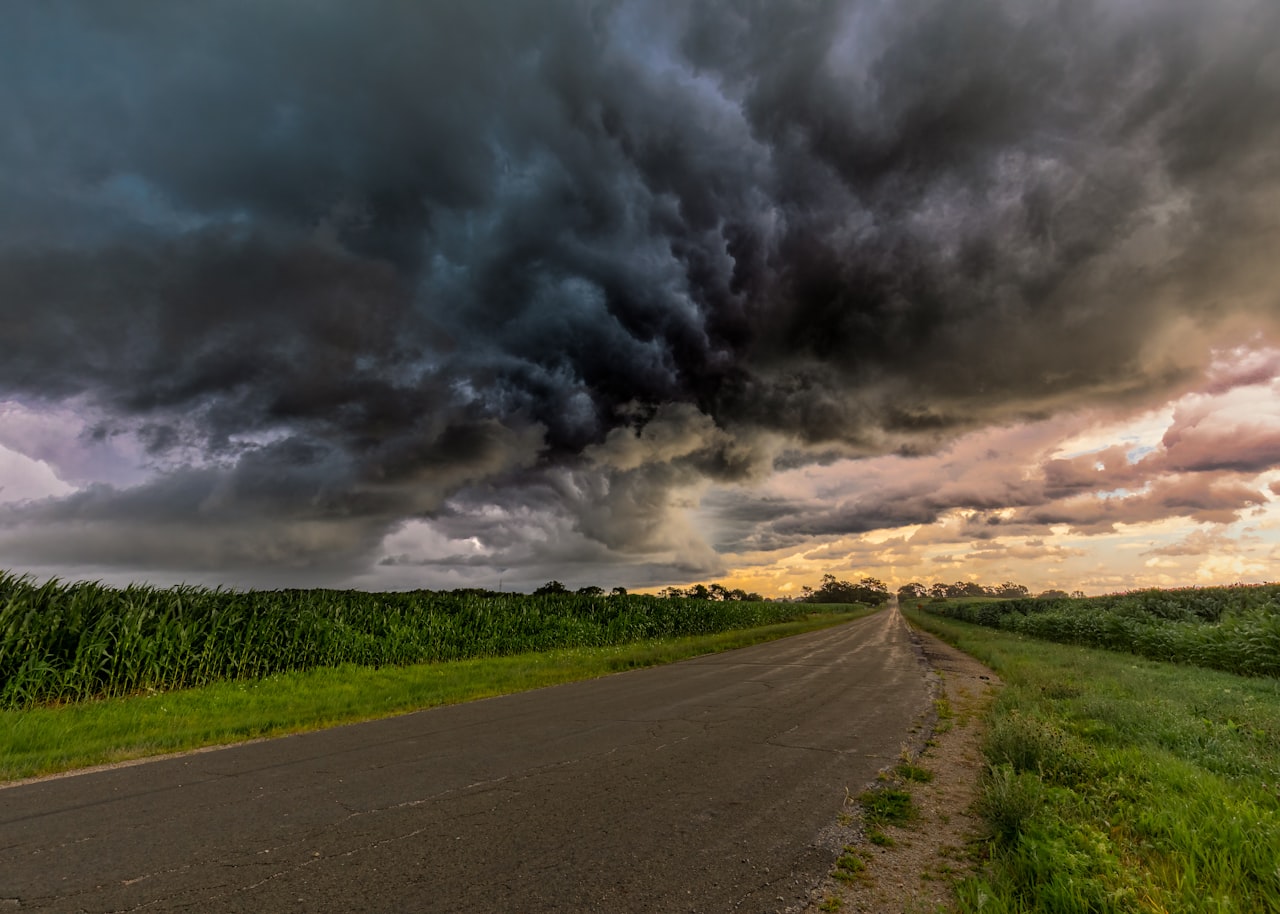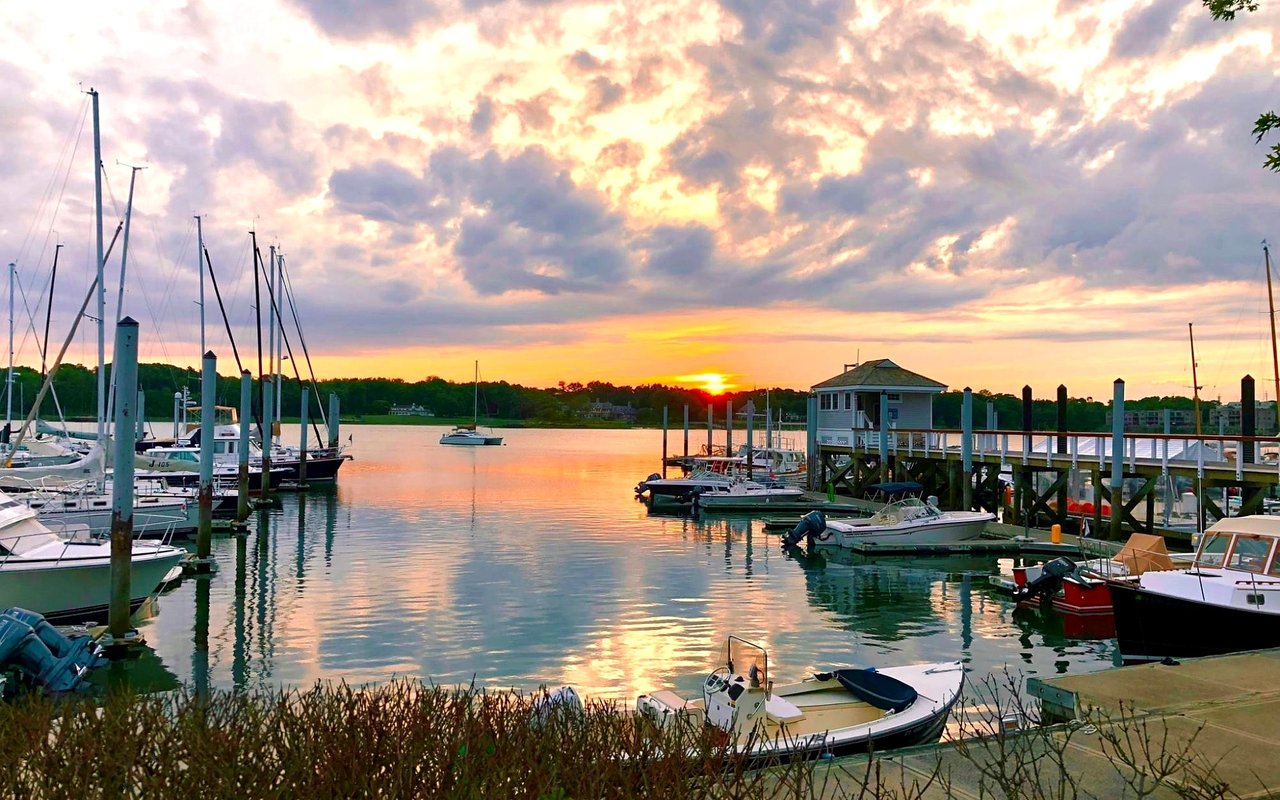S
For Statistics
Thunderstorms, Not Hurricanes, Reign as Insurers' Costliest Nightmare in 2023
In an unexpected twist, thunderstorms have emerged as the costliest natural catastrophe for insurers in 2023, overshadowing the traditional culprits of hurricanes, earthquakes, and volcanic eruptions. The insights, shed light on a shifting landscape of risks that insurers grapple with. This trend underscores the complex interplay of population growth, urban expansion into storm-prone regions, and the disruptive force of climate change on severe weather patterns.
The numbers don't lie: Swiss Re, a leading insurer, has revealed that insured losses from catastrophes are on an alarming upward trajectory, escalating between 5% and 7% annually. While the first half of the year saw around $19 billion in insured losses from non-thunderstorm events, an astounding $35 billion in insured losses was attributed to thunderstorms. Strikingly, this figure is double the 10-year average. Notably, the impact of these thunderstorms reverberated predominantly across the United States, with echoes felt in locations as diverse as Italy and New Zealand.
According to Steve Bowen, the Chief Science Officer at Gallagher Re, a record-breaking year for thunderstorm-related insured losses is underway in the U.S. These thunderstorms, aptly referred to as "severe convective storms" in the insurance realm, yield a host of destructive outcomes. From flooding to hail damage, from wind-driven trees colliding with structures and power lines, the havoc is multifaceted. Experts anticipate that the cumulative insured losses from such events could well reach a staggering $50 billion by year-end.
Bowen, a seasoned meteorologist, underscores the influence of urban expansion in magnifying thunderstorm-related losses. He emphasizes that even without climate change factors, the sheer increase in assets in urban areas amplifies the potential for damage. Moreover, climate change-induced alterations in severe thunderstorms are becoming evident. The marriage of warmer seas and air results in greater moisture and heat infusion into the atmosphere, providing the impetus for more energetic and severe weather outbreaks. As if to underscore this point, severe weather hotspots are shifting away from the traditional Great Plains territory and migrating towards the more densely populated areas in the South and East.
The economic toll paints a stark picture: the first half of 2023 saw total catastrophe-induced economic losses of $125 billion, with a mere 43% being covered by insurance. This disconcerting statistic hints at a future where the burden of uninsured losses may swell, and insurance coverage could become increasingly inaccessible or cost-prohibitive.
In summation, the year 2023 is rewriting the playbook for insurers and disaster preparedness experts. Thunderstorms, driven by the potent mix of urban sprawl and climate change, have surged ahead to claim the title of insurers' costliest adversary. As thunderstorms unleash their fury across more densely populated regions, the financial ramifications are profound, underscoring the urgent need for robust risk mitigation strategies, adaptable insurance models, and a collective global effort to tackle the unfolding challenges of our changing climate.
U
For Unusual
Aqua Gastronomy: The Splashy Trend of Floating Breakfasts Taking Instagram by Storm
Indulgence much? A recent tweet from X has left netizens drooling as guests at the luxurious Hilton Salwa resort in Qatar flaunt their decadent morning ritual - enjoying an assortment of pastries while lounging in their private plunge pools. It's the epitome of opulence and relaxation combined, making waves in the world of vacation indulgences.
Resorts in the most exotic of locales, spanning from the enchanting shores of Bali to the majestic landscapes of Qatar and the Maldives, have embraced the latest in Instagrammable vacation experiences: the floating breakfast. This picture-perfect concept sees a lavish breakfast tray gracefully floating atop your very own swimming pool, offering a visual feast that rivals the culinary one.
As the trend spreads like wildfire, it underscores a profound truth: Americans are on a post-pandemic vacation spending spree, and what better way to satisfy their wanderlust and pamper their senses than with a side of extravagant breakfast?
Cue the entrance of the #floatingbreakfast hashtag on Instagram. With a staggering count of over 109,000 posts and counting, this digital realm has turned into a virtual Eden, adorned with images of resplendent breakfast trays - some charmingly heart-shaped - lazing in the embrace of sparkling azure waters. It's not just breakfast; it's breakfast reimagined as an art form, a symbol of luxury that beckons the eye and the appetite.
The trays possess a buoyant secret: they're crafted with foam to ensure they gently bob along the water's surface. Each tray is meticulously styled with the freshest of flowers and a lavish spread that speaks volumes about the culinary prowess of the establishment.
But, let's ponder the practicalities for a moment. As you admire the perfect poached eggs and the steaming cup of coffee that seem almost too good to be true, there's a tiny catch. The digital world's insatiable appetite for beauty might make you pause before diving into the sumptuous feast. Your eggs could turn cold as you capture the moment from every conceivable angle, and that coffee might find itself a tad lukewarm by the time you finally give in to your cravings.
Then there's the most formidable adversary of all - water. In the age of smartphones and social media, keeping your device dry is a battle of Herculean proportions. Balancing the allure of the #floatingbreakfast with the dread of a waterlogged phone might require a degree in strategic planning.
So, while the concept of a floating breakfast might offer both visual and culinary allure, it also prompts a philosophical question: is it meant to be devoured or admired? As hotels around the world cater to our sybaritic fantasies, one thing's for certain - the floating breakfast trend is making a substantial splash in the ever-evolving tapestry of vacation indulgences.
E
For Explore
Cargo Ships Embrace Giant Sails in Decarbonization Quest
Ahoy, fellow Earthlings! Prepare to set sail on a voyage of innovation and sustainability as cargo vessels embark on a breezy mission to trim their carbon footprint. The maritime industry is now turning to the power of the wind, quite literally, to steer cargo ships toward a greener horizon.
In a partnership that sounds like the ultimate lineup of eco-warriors, Cargill, BAR Technologies, Mitsubishi Corp., and Yara Marine Technologies have joined forces to unleash a powerful weapon against emissions from cargo vessels.
Imagine this: colossal sails, aptly named "WindWings," soaring high atop cargo ships like modern-day maritime superheroes. It's a sight that's as impressive as it is environmentally conscious.
The current protagonist in this nautical odyssey is none other than Mitsubishi's Pyxis Ocean vessel, chartered by none other than Cargill itself. This maritime marvel has undergone a transformation of titanic proportions, sporting two towering sails that stretch beyond 100 feet in height. While the ship charts its course from Singapore to Brazil, it's also paving the way for a sustainable future of shipping.
But what's the wind's role in all of this? Quite simply, it's the game-changer. The sails, infused with high-tech wizardry, tap into the age-old power of the wind to propel these cargo behemoths forward. The result? An opportunity to slice through the waves with a reduction in emissions that's as refreshing as a sea breeze on a summer's day.
Cargill, with an eye on the maritime horizon, projects that this innovative partnership could lead to emissions cuts of noteworthy proportions. And here's where the plot thickens - these substantial fuel savings could reach up to a lofty 30% or even more for newly minted vessels. But the tale doesn't end there. The eco-conscious crusaders are doubling down by exploring the use of alternative fuels like methanol, a move that could add extra layers of sustainability to their seafaring journey.
It looks like the of zero-carbon fuel ships might be upon us sooner than anticipated, making the prospect of WindWings on new vessel constructions more tantalizing than retrofitting. As cargo ships navigate the vast blue expanse with their colossal sails unfurled, they're not only delivering goods but also a message - a message that whispers of innovation, of harmonizing with nature, and of a future where the sails of progress are steered by the winds of sustainability.
’S
For small peeps
Soaring into Autumn: Unveiling the Spectacle of Raptor Migration
Prepare your binoculars, don your outdoor gear, and join us in embarking on an awe-inspiring adventure that promises to take your love for nature to new heights! As the leaves begin their annual transformation and a gentle chill graces the air, it's not just autumn that's on the horizon; it's the spectacular migration of raptors that's set to steal the show. Yes, you heard right—those masters of the sky, the hawks, eagles, falcons, and vultures, are preparing for their grand journey, and we invite you to be part of the exhilarating experience.
Every fall, like clockwork, approximately 20,000 of these feathered marvels pass through Greenwich’s Quaker Ridge Hawk Watch, creating a living tapestry of movement and grace. You're invited to witness this avian extravaganza up close and personal.
Led by the knowledgeable Audubon naturalist Ryan MacLean, the day starts with an indoor slide show that unveils the mysteries of hawk watches, delves into the importance of this phenomenon, and equips you with the skills to distinguish between different shapes of hawks in mid-flight. As the captivating images play out before you, you'll feel the pull of the sky and the thrill of what lies ahead.
Then it's time to transition from the indoor world to the open expanse of the Hawk Watch Lawn. Binoculars in hand, you'll join the ranks of hawk counters, those devoted enthusiasts who've made it their mission to tally these airborne travelers. The Quaker Ridge Hawk Watch will be a hub of activity from August 25th through November 30th, rain or shine, as the official hawk counters diligently track and record each passing raptor.
Now, a quick logistical rundown: This isn't just an ordinary event; it's an in-person experience that promises to be as educational as it is enchanting. Due to the exclusivity of the encounter, there's a limited capacity, so securing your spot in advance is a must. No last-minute ticket sales at the door—please RSVP . And the best part? It's an adventure suitable for ages 6 and up, making it a family-friendly escapade.
Where:Greenwich Audubon Center
613 Riversville Road
Greenwich, CT 06831
When: August 27, 10a-12p
Thanks for reading the entire list.
See you next week-
Sue





